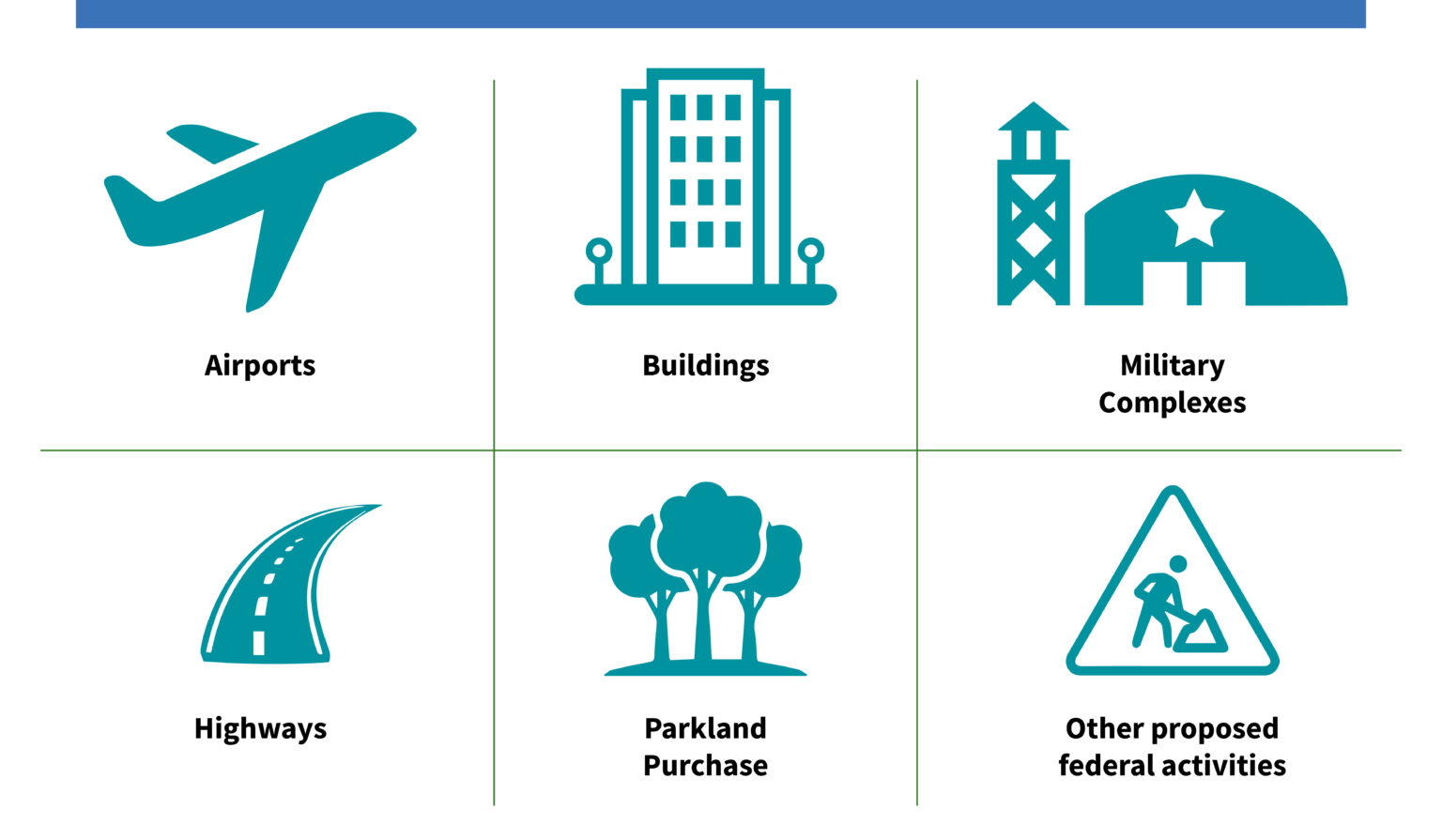The National Environmental Policy Act (NEPA) establishes policy and goals for the protection, maintenance, and enhancement of the environment across the United States, and it provides a process for implementing these goals within federal agencies. NEPA was one of the first laws ever written that establishes the broad national framework for protecting our environment. Essentially, NEPA ensures that all branches of government consider the environment prior to undertaking any major federal action that significantly affects the environment.
When is NEPA required?
NEPA requirements are involved when airports, buildings, military complexes, highways, parkland purchases, and other federal activities are proposed. Activities include:
- making decisions on permit applications
- adopting federal land management actions
- constructing highways and other publicly owned facilities

